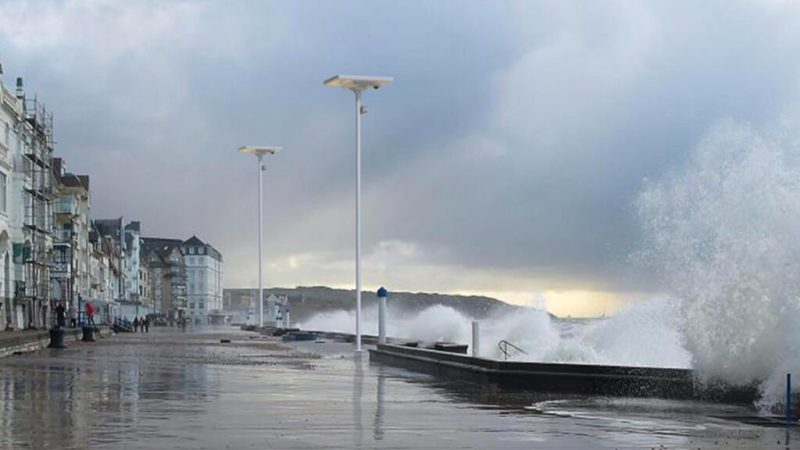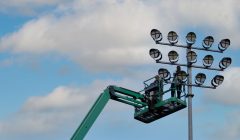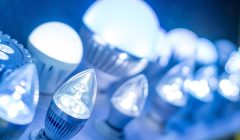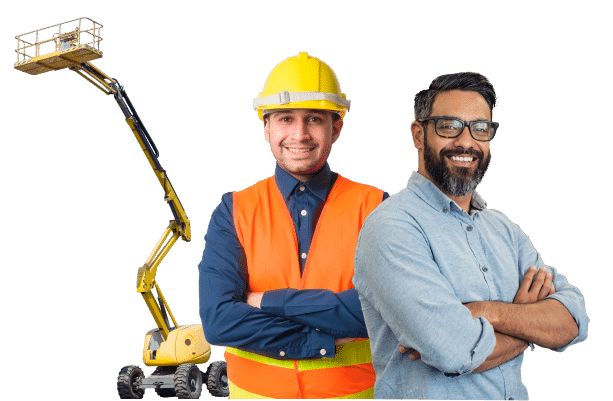A light meter, also known as an exposure meter, is a highly sensitive piece of equipment crafted to precisely gauge the quantity of light, whether it illuminates a surface directly (incident light) or bounces off a surface (reflective light).
Light meters have diverse applications across multiple industries and settings. They are commonly used in Occupational Health and Safety (OH&S) to ensure adequate lighting levels in work areas, with specific lux values recommended for different spaces. Light meters also play a crucial role in illuminating public spaces like parks and streets for safety and security. In the construction, engineering, and architecture fields, light meters aid in determining window and skylight placements and selecting suitable lighting fixtures.
Table of Contents
ToggleTypes of Light Meters
Incident Light Meters are prized for their accuracy, providing precise readings by measuring the light falling directly on the subject, making them perfect for challenging lighting situations in portrait and studio photography. They remain unaffected by reflective surfaces or colors, ensuring consistent results. However, their close placement requirement to the subject can be time-consuming, making them less suitable for fast-paced shooting scenarios.
Reflective Light Meters offer quick and convenient measurements, ideal for fast-paced environments and capturing ambient light in outdoor settings. They are handheld and portable, providing ease of use on the go. However, their sensitivity to the subject’s reflectivity and color can lead to potential inaccuracies, particularly in high-contrast scenes with bright highlights and deep shadows.
Regulating Lighting Levels in Sports Lighting
On the sports field, lighting levels are evaluated using a light meter, measuring in Lux or foot candles. Why use a light meter? This objective measurement indicates the amount of light at a specific point. Prior to this assessment, designers plan the layout using an IES file, which contains the luminaire’s beam pattern. This digital file guides the positioning of poles and angles of luminaires, ensuring uniform lighting at a desired Lux level. Meeting specific standards set by governing bodies, sports associations, and local governments is crucial, as each sport’s unique characteristics influence the lighting requirements. Considerations include ball size, play speed, field size, distance from spectators, and the need for video recording or television broadcasting. Additionally, the color Rendering Index (CRI) is essential for detailed visibility, especially with the rise of LED lighting in sports applications.
A color rendering index (CRI) is a quantitative measure of the ability of a light source to reveal the colors of various objects faithfully in comparison with an ideal or natural light source. Light sources with a high CRI are desirable in color-critical applications such as neonatal care and art restoration.
To put it a bit more simply: ‘How much detail can we see’. If you are studying something fast moving or in great detail, it is important to have a very high CRI.
Benefits of Light Measuring in LED Lighting
Why use a light meter? By incorporating light meters into LED lighting installations and maintenance, businesses can achieve improved energy efficiency, cost savings, and a better lit environment. It’s a valuable tool that enhances both the performance of the LEDs and the overall experience for end-users.
Why use light meters? Light meters are essential in LED lighting for several reasons:
- Optimal Light Levels: LED lights come in various brightness levels and beam angles. Using a light meter helps ensure that the right amount of light is provided for a specific space or application. This ensures that the area is adequately illuminated without wasting energy or causing discomfort due to excessive brightness.
- Energy Efficiency: LEDs are known for their energy efficiency but using them improperly can still lead to energy waste. Light meters help set the correct light levels, preventing over-illumination and unnecessary power consumption, which ultimately contributes to energy savings.
- Consistency and Uniformity: For large installations or commercial settings, maintaining consistent and uniform light levels is crucial. Light meters help identify areas with uneven lighting, enabling adjustments to achieve a more balanced and pleasing visual environment.
- Longevity of LEDs: Overdriving LEDs with excessive current can reduce their lifespan. By using light meters to set appropriate light levels, the LEDs can operate within their optimal range, extending their longevity and reducing maintenance costs.
The Illuminated Path to the Future
At National LED, we take a value-first approach, delivering high-performance lighting solutions across the country. Our LED installation services incorporate advanced light meters for precise measurements of light intensity. Thorough site surveys and data analysis ensure customized solutions that enhance efficiency, visual appeal, and cost savings. By embracing cutting-edge technology and upholding our commitment to excellence, we illuminate the way towards a brighter, more sustainable future for all.
Are you ready to light up your world with LED brilliance? Embrace efficiency, savings, and quality as we light the way to a brighter future together. Explore our LED lighting services, illuminate your world with National LED.








